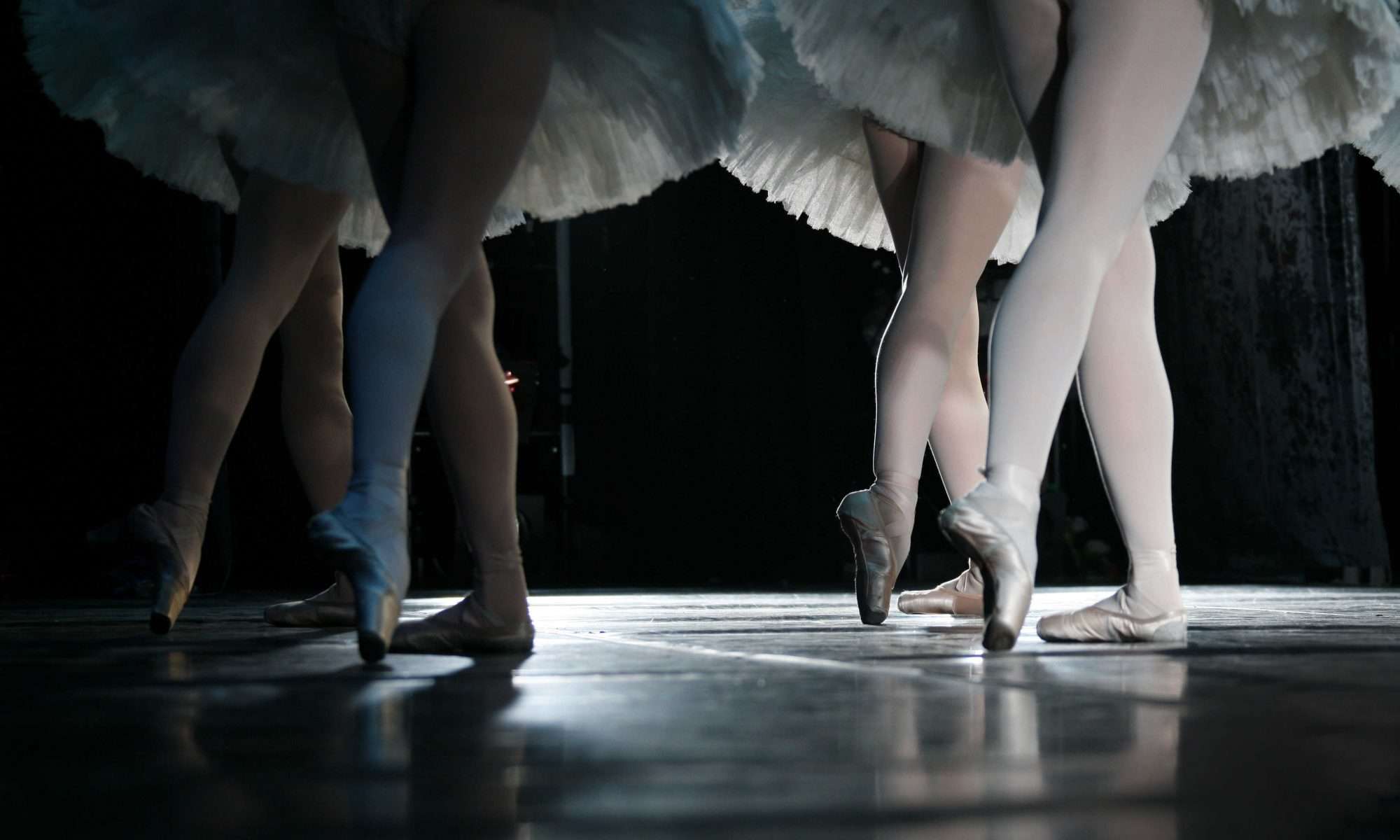I’ve been thinking lately about how dancing can affect someone’s life in general, whether they continue to dance past high school and college or not. As a teacher I had many talented students who went on to study dance at the university level. Some found their way to NYC and Broadway, others are teaching dance, but many have gone into separate fields altogether. When I was younger I used to think that I had to be involved in dance or else all the hours I’d spent perfecting my craft were for naught. But is it true that what we learn in the dance studio can’t apply somehow toward our life in general? That there aren’t lessons about working hard, little by little, to see a change several weeks or months down the road that can help us no matter where we end up?
It saddens me that I’m no longer involved in dance the way I used to be. When my family moved away from Kentucky to live closer to my husband’s family in North Carolina, we left behind a thriving dance supply store (Dance Essentials, Inc.) and I left a wonderful teaching post as director of the ballet program at Town and Village School of Dance in Paris, Kentucky. My parents kept the store running for a few more years before selling it and joining us in North Carolina, and on a recent trip through Kentucky we stopped to find that the store had closed for good. It was sad to see our small legacy stamped out, so to speak. But I believe there was a higher purpose for our lives and it was time to move on.
Three years after moving to North Carolina, my father-in-law developed an aggressive, malignant brain tumor. We lived a short drive away—we could even walk if we had to—and it was a blessing to be available if he fell down and needed help. We were at his side when he passed from this world, and though we miss him terribly, we feel blessed that we were given those few years to spend with him. We witnessed a most impressive and dignified journey toward the end of life as he knew it, and saw his faith in God and the world-to-come gently bud and flower.
When we came here it was necessary for me to find a “real” job immediately, since my husband had not found work yet. I landed a job with First Union Bank (which became Wachovia, then became Wells Fargo) doing support work and developing simple reports in Excel and PowerPoint. From there I learned how to manipulate some simple Access database back ends, and started building a few new databases to make the reporting I was doing more automated.My father-in-law was not surprised by my interest and ability to jump right into software development. He was a project manager working on IT-related projects at Bank of America and elsewhere, and he encouraged me to move into the IT field full force. He saw that software development had a creative side and dancing had a technical side, so the two fields in his mind were a perfect fit, and the transition wasn’t as difficult for me as you might think.


